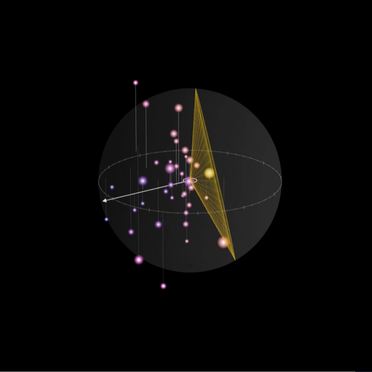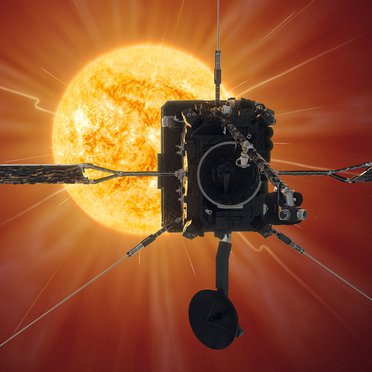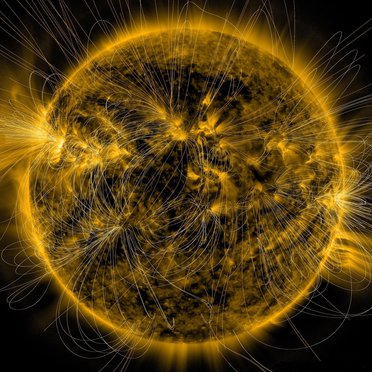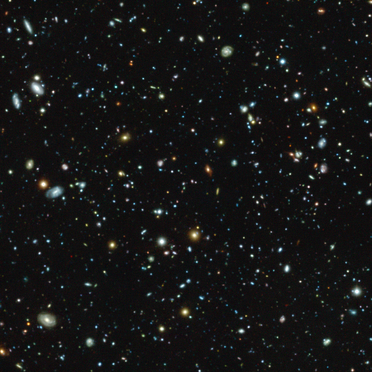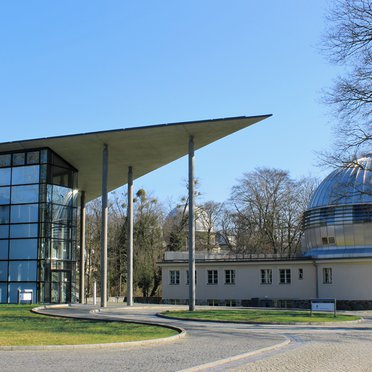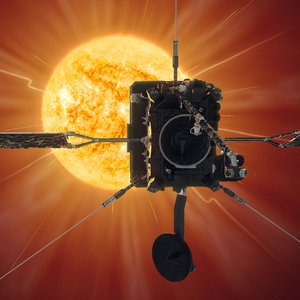Schon gehört?
Das Leibniz-Institut für Astrophysik Potsdam (AIP) hat die Kommunikation über X
(ehemals Twitter) eingestellt. Diese Entscheidung spiegelt Bedenken über die
derzeitige Ausrichtung der Plattform wider, die wir als unvereinbar mit unseren
Werten der Offenheit, wissenschaftlichen Integrität, Transparenz und des
demokratischen Diskurses ansehen. Das AIP wird weiterhin Nachrichten über seine
Website und andere Social Media Plattformen wie Mastodon und Bluesky veröffentlichen.
Öffentliches
Wissenschaftliches
Internes
Feiertage
